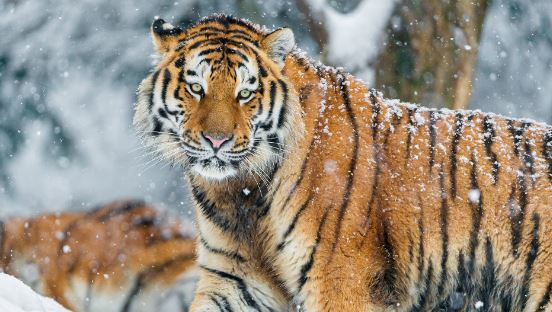1. Danyang-Kunshan Grand Bridge, China (164,800 meters).
The longest bridge in the world is the spectacular 164,800-meter-long Danyang-Kunshan Grand Bridge in China. It is an essential component of the Beijing-Shanghai High-Speed Railway, having been finished in 2010. The bridge displays the engineering prowess of China by navigating a variety of terrains, such as rivers, lakes, and urban areas. The bridge, which is bolstered by a complex system of pillars and piers, effectively enables high-speed train traffic and advances the region’s transportation infrastructure. Its development demonstrates China’s dedication to expanding the frontiers of contemporary engineering and is evidence of the country’s capacity to take on enormous projects on a never-before-seen scale.

2. Changhua-Kaohsiung Viaduct, Taiwan (157,317 meters).
At 157,317 meters, the Changhua-Kaohsiung Viaduct in Taiwan is one of the longest bridges in the world. Linking the center and southern parts of Taiwan, it is a crucial part of the country’s high-speed rail network, having been completed in 2007. By applying creative engineering techniques, the viaduct gracefully crosses a variety of terrains, including metropolitan regions and coastal plains. Modern technologies were used during construction to provide stability and resilience against the frequent earthquakes in the area. In addition to improving transportation effectiveness, the Changhua-Kaohsiung Viaduct highlights Taiwan’s dedication to cutting-edge infrastructure. This imposing building serves as a testament to Taiwan’s prowess in engineering as well as its commitment to expanding accessibility and connectivity throughout the island.

3. Cangde Grand Bridge, China (115,900 meters).
One of the longest bridges in the world is the spectacular 115,900-meter-long Cangde Grand Bridge in China. It was finished in 2010 and is a vital component of the Beijing-Shanghai High-Speed Railway, demonstrating China’s dedication to modern infrastructure. This enormous construction, which links Tianjin and Beijing, crosses a variety of terrains, including cities and waterways, and exhibits incredible engineering feats. With its many spans and support components, the bridge’s complex design allows it to traverse difficult terrain. The Cangde Grand Bridge plays a vital role in transportation by enabling fast train travel, which has a substantial positive impact on China’s contemporary transportation infrastructure and economic growth. Its construction is evidence of China’s ability to take on challenging and large-scale engineering undertakings.

4. Tianjin Grand Bridge, China (113,700 meters).
Reaching a staggering 113,700 meters, the Tianjin Grand Bridge in China is among the longest bridges in the world. It was finished in 2010 and is a crucial part of the Beijing-Shanghai High-Speed Railway, which links important cities and improves transportation effectiveness. This technical marvel demonstrates China’s capacity to overcome difficult topographical problems by traversing a variety of landscapes, including plains, rivers, and metropolitan regions. The Tianjin Grand Bridge, which is supported by a complex network of pillars and piers, is a prime example of sophisticated engineering. Its building demonstrates China’s dedication to growing its high-speed rail system, which promotes connectivity and economic growth over wide areas. This enormous building still stands as a tribute to China’s prowess in carefully planning and executing massive infrastructure projects.

5. Weinan Weihe Grand Bridge, China (79,732 meters).
An important part of the Zhengzhou-Xi’an High-Speed Railway is the spectacular 79,732-meter-long Weinan Weihe Grand Bridge in China. It was one of the longest bridges in the world when it was finished in 2008, demonstrating China’s ability to undertake ambitious infrastructure projects. The bridge, which links the cities of Weinan and Xi’an, uses creative engineering to cross a variety of terrains, including plains and rivers. The Weinan Weihe Grand Bridge, which is supported by a system of pillars and piers, is a symbol of the nation’s dedication to developing high-speed rail networks, encouraging regional development, and enhancing transportation connectivity. Its construction highlights China’s position as a worldwide leader in transportation infrastructure and underlines the country’s commitment to pushing the limits of engineering excellence.




































































